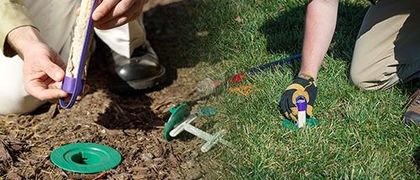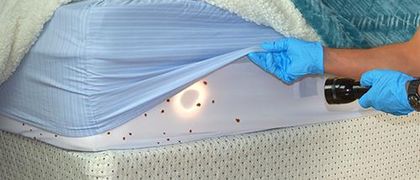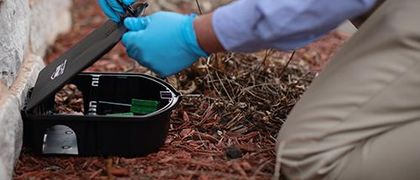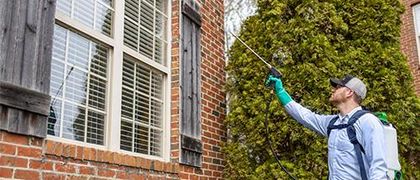4 Most Dangerous Bugs in Missouri
If you’ve lived in Missouri long enough, you know our state has its share of bugs. While most of them are harmless and play a role in the ecosystem, a few can threaten your health, home, or both.
Whether you're near the Ozarks, out in the suburbs of St. Louis, or a small town with plenty of tree cover, you’ll want to know which bugs to avoid.
Let’s cover Missouri's four most dangerous bugs and how to keep them from turning into a full-blown infestation.
Key Takeaways
- Brown recluse and black widow spiders hide in attics and bite with venom that can harm your body.
- Yellow jackets and assassin bugs sting or bite in grassy areas and can trigger painful or allergic reactions.
- Dangerous bugs sneak in through crevices and often go unnoticed until you disturb them inside your home.
- Pest control professionals help homeowners remove bugs, prevent infestations, and keep Missouri homes safe year-round.
1. Brown Recluse Spiders
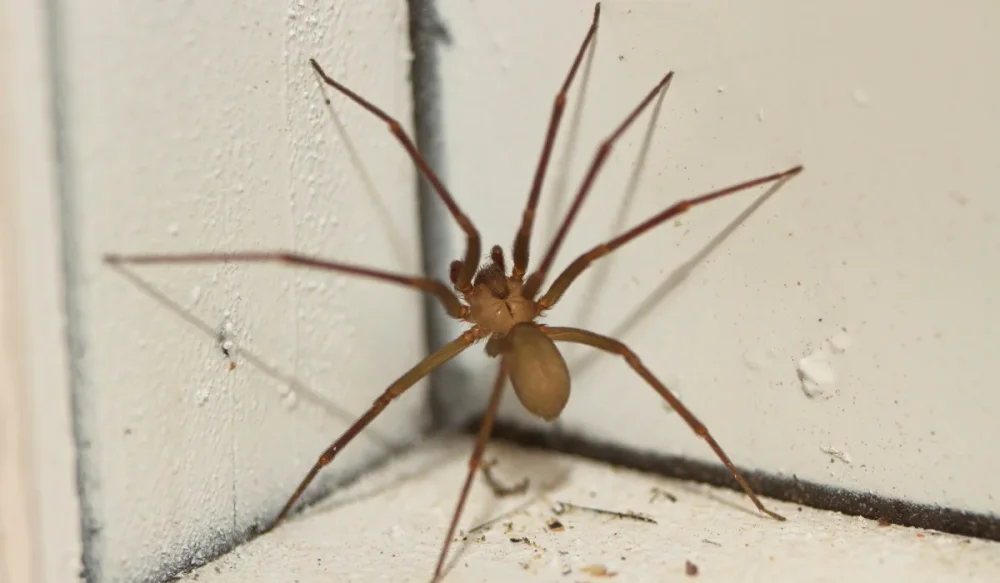
The brown recluse spiders are one of the most well-known arachnids in Missouri.
These spiders love to stay hidden in dark places like closets, basements, and attics. People often don’t notice them until reaching into an old storage box or putting on a jacket that’s been hanging for a while.
Its bite can lead to serious skin damage.
The venom is cytotoxic, which means it kills cells. The result can be ulcers that take weeks to heal and, in some cases, permanent scarring. For kids or older adults, even mild bites can lead to allergic reactions or secondary infections if untreated.
This spider’s range stretches throughout much of the central U.S., and the Missouri Department of Conservation regularly receives reports from concerned homeowners trying to ID them.
2. Black Widow Spiders
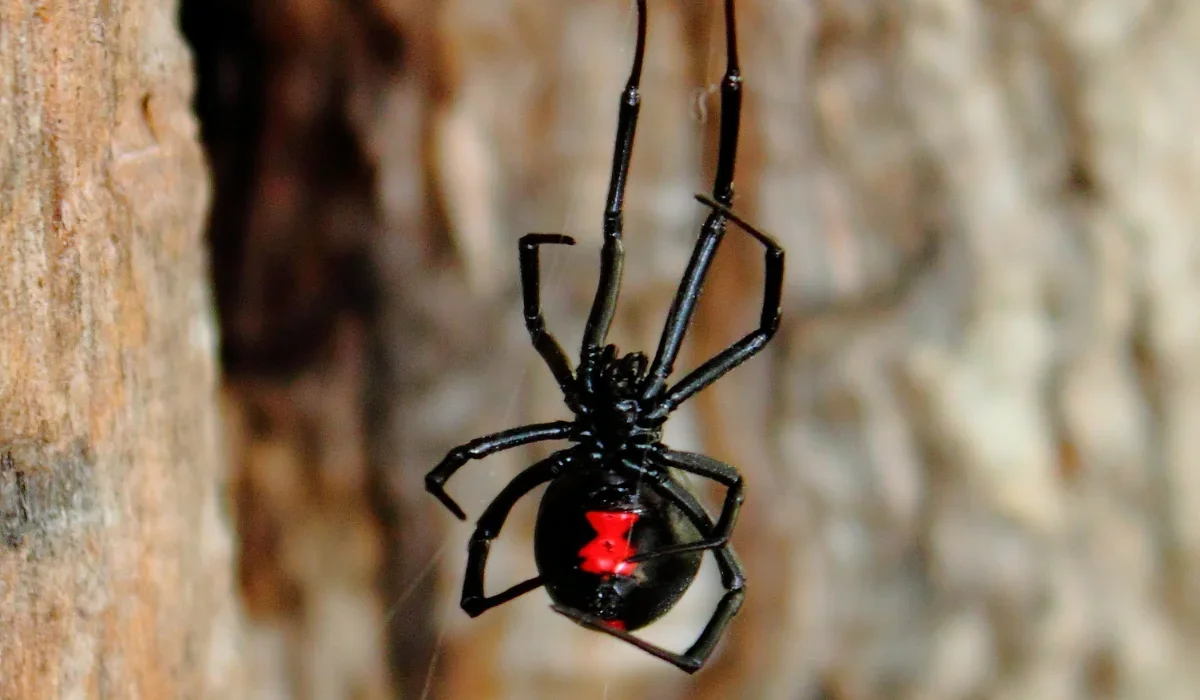
Black widow spiders are often found in Missouri garages, under decks, and near stacked firewood. They’re not aggressive, but their bite can cause serious symptoms, especially if you're allergic or very young, or elderly.
The venom affects the nervous system and can lead to cramping, nausea, sweating, and more. In North America, they are one of only a few spider species considered potentially life-threatening.
If you’re working in your attic or cleaning up near an outdoor shed, watch for messy webs in crevices and around foundation vents.
3. Yellow Jackets
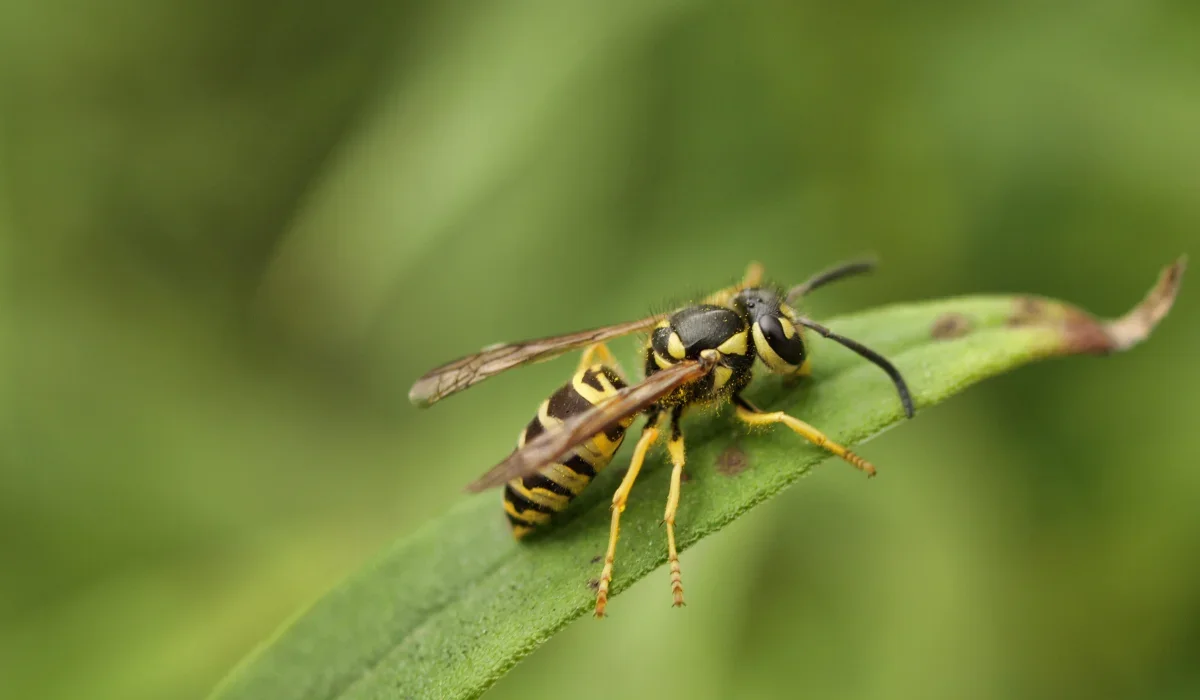
Yellow jackets are one of the most dangerous wasps in Missouri.
They’re part of the broader category of stinging insects, but what makes them stand out is their aggression. They’re territorial, and if you come too close to their underground nest, they won’t hesitate to defend it.
They can sting repeatedly and have been known to swarm when they feel threatened. For those with allergies, one sting can trigger life-threatening allergic reactions.
But even if you’re not allergic, getting stung multiple times, especially on the face or neck, can still land you in the ER.
4. Assassin Bugs
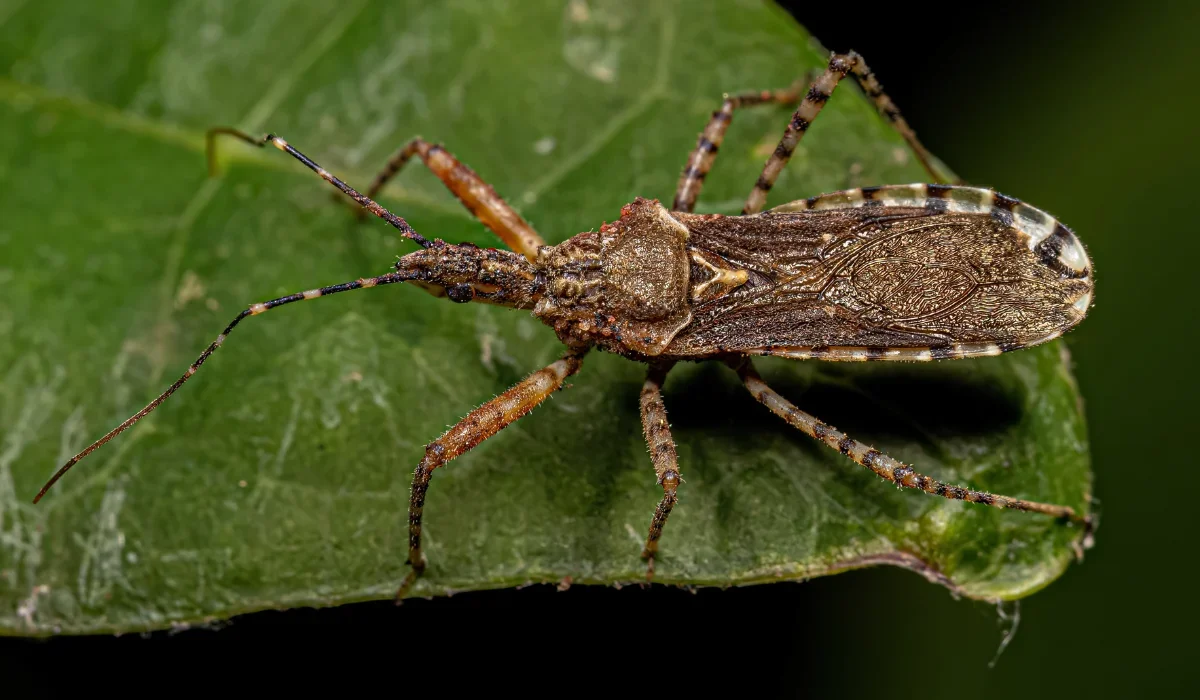
Often mistaken for beetles or stink bugs, assassin bugs pack a nasty surprise. These predatory insects use their sharp mouthparts to pierce their prey, and they’ll do the same to you if they feel threatened.
The bite is one of the more painful ones you can get from a bug in Missouri.
For some, it leads to localized swelling and a lingering ache.
Some species, like the kissing bug, are capable of spreading Chagas disease, though that risk is currently very low in Missouri. Still, any bite deserves attention, especially if you notice redness, swelling, or signs of infection.
What to Do When You Find These Bugs in Your Missouri Home
If you come across one of these bugs in your home, here’s what you should do right away:
Leave It Alone
If you spot a black widow, brown recluse, or any other dangerous pest in your home, don’t touch it. Many spider bites and stings happen when people try to kill bugs themselves.
Take a photo if you can do so safely, then call in a pest control expert.
Inspect Your Home for Crevices and Hidden Entry Points
Bugs love to slip into homes through tiny gaps—especially around windows, utility lines, and foundation cracks. Spiders and insects often enter looking for food sources or shelter from the weather.
Sealing off entry points can make a big difference, particularly in older homes where millipedes, centipedes, and even scorpions might sneak in unnoticed.
Avoid Disrupting Nests
Wasps, hornets, and yellow jackets will all defend their nests if disturbed. If you hear a buzzing noise in your walls or see them flying in and out of a hole near the roofline, there’s likely a nest inside.
The same goes for ants and cockroaches that might be nesting behind appliances or in the attic insulation. Avoid poking around. They don’t give much warning before they react.
Contact a Local Pest Control Professional
Missouri homeowners aren’t expected to handle this stuff on their own.
Professional pest control teams are trained to handle stinging insects, spiders, and invasive pests like bed bugs, termites, or water bugs.
They’ll assess the level of infestation, identify any larvae or nymphs that may still be developing, and put together a plan to solve the problem and prevent a repeat.
Don’t Let Missouri’s Most Dangerous Bugs Catch You off Guard
At Miller Pest & Termite, we’ve seen everything from centipedes in basements to fleas in wall-to-wall carpeting—and yes, even a few attic infestations of yellow jackets that took some creativity to handle.
If you think something’s crawling around your home that doesn’t belong, or you’re tired of wondering what’s living behind that baseboard, we’re here to help.
Call us now to schedule a visit with one of our trained techs.
We’ll handle the rest, so you can get back to enjoying your home without worrying about what’s lurking under the couch.
Get Help Now!


